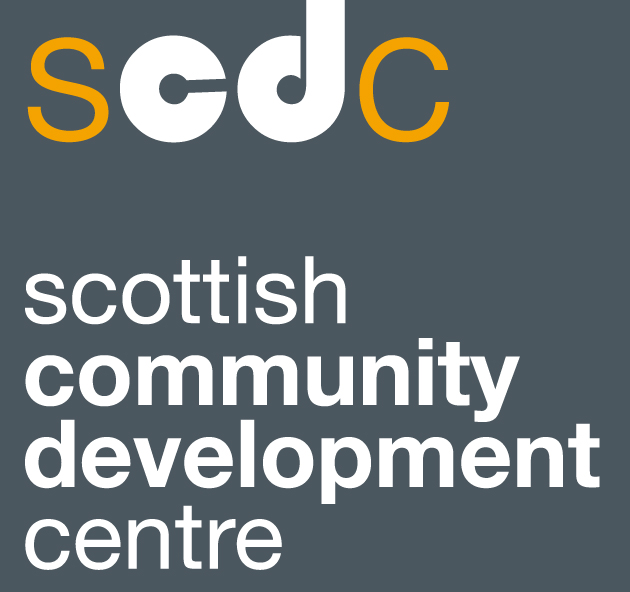Agreeing workable boundaries
/It’s vital we see engagement of local people in what constitutes a community. For increased local democracy to decentralise power and work effectively it requires attention to:
the common bonds that bring and hold people together in community with sufficient social capital to function well. These should be used to define, or refine, boundaries of communities that make sense to their members. These bonds could include social interactions, collective aspirations, history, shared or linked identity, shared relationship to key services, e.g. schools, transport links and greenspaces
inevitable overlaps with existing administrative boundaries. How this would work needs to be explored and negotiated carefully in further deliberative consideration of the results of DM2. This could involve:
replacing existing administrative boundaries to better align with community views,
augmenting them by creating smaller community defined units, or
changing them in some other way.
The principle should be to honour subsidiarity where a demand is clear, and arrangements are workable, and this should be set out in the Local Democracy Bill.·
how the needs of communities of identity or interest are integrated into local and wider decision-making structures and processes must be agreed, even if this is acknowledged as an ongoing aim. This must be achieved in dialogue with these communities and the organisations representing them.
Viable scale
We also caution against the assumption that reduction of the size of communities as democratic units is necessarily the only way forward. Responsive communities need to operate at scales that allow their members to feel closer to where decisions are made about their place to feel more democratically empowered. However, communities also need to be viable with resources for service deployment and officer support. Because of this we think that communities should be helped to explore other variables that need to be carefully considered, such as:
The potential for change in local government boundaries to bring representative democracy closer to people in line with best practice in communities across Europe or, alternatively, legally defined increased administrative decentralization of powers within existing local authority boundaries at a more meaningful scale.
Arrangements should seek to achieve universal democratic standards, but methods could be developed asymmetrically. For example, our experience suggests that the demand for decentralisation of power and influence in Highland, or the Scottish Borders, and in Glasgow or Dundee may look very different.
This will require building on the roles of existing community anchor organisations and /or developing wider, accountable anchor networks uniting local organisations and residents around a core shared local agenda derived from robust engagement and prioritised by people themselves. We see the best way of achieving this as the development of robust and transparent community-led action plans.
Communities that share wider common bonds could also work together with each other to increase the viability of services configured to meet their aspirations. The components of how this could function are as follows:
Self-defined communities set and prioritise their own local agenda.
Reconfigured or decentralised local authorities with greater powers and decentralised budgets provide more nimble responsive platforms for service delivery and co-production in self-defined communities.
Neighbouring self-defining communities may choose to work together to maximise their influence within new administrative boundaries such as in remote rural areas such as parts of Highland, the Borders or in parts of big cities when there is a need to act more locally e.g. South-West Glasgow.
Creating a workable local participatory model
This approach could help balance ideas which have come from the consultation that could be seen as being in tension or contrasting. They relate to the need to bring decision making closer to the people and provide practical access to financial, physical and staff resources. Communities and local government will need to act together to plan the best outcomes that balance community control of key decisions while achieving some economies of scale with high quality support for the key responsibilities that communities would have for delivering them in more effective ways. Getting this right would create a workable local participatory model that still retained and improved the best aspects of representative democratic models.
We have not suggested an optimum population size for the new level of local democracy. This is due to the following factors:
This will be influenced by the nature of the common bonds involved.
It will look very different in remote rural, rural and urban areas.
There will need to be consideration of how communities of identify or interest can achieve a critical mass for visibility and or influence within communities within a new boundary.
Although we think there could be some potential for a system of banding related to optimum population sizes in areas with shared demographic and geographical characteristics, we recommend that this is referred for further deliberative dialogue at the next stage of development.

